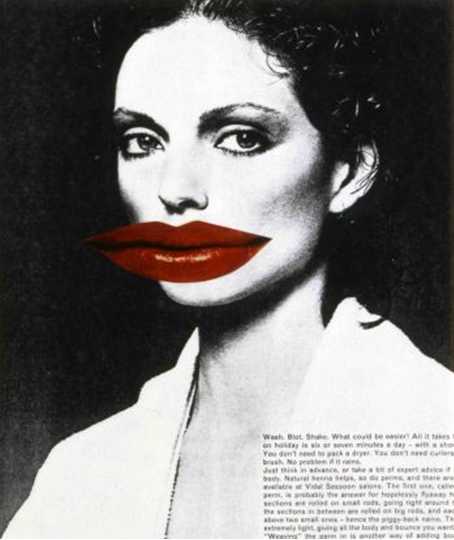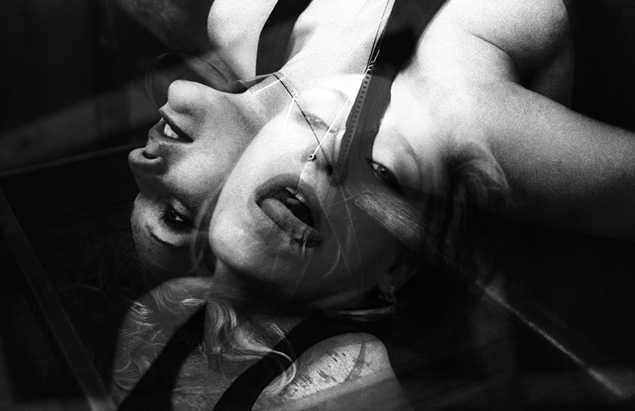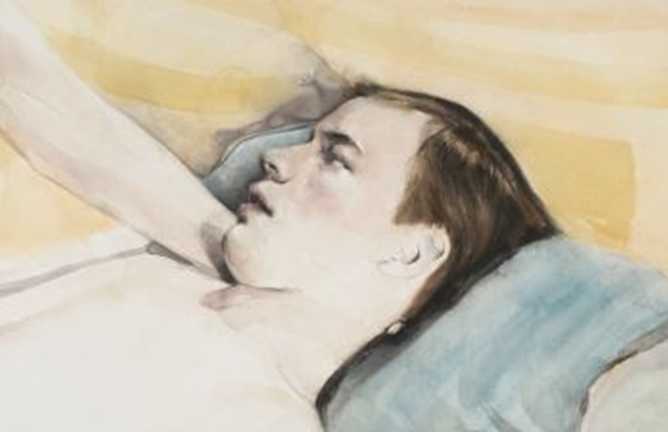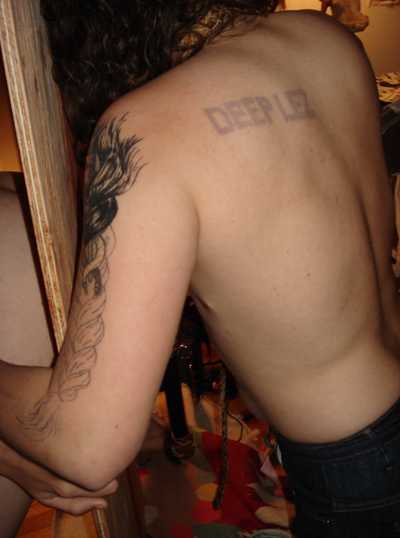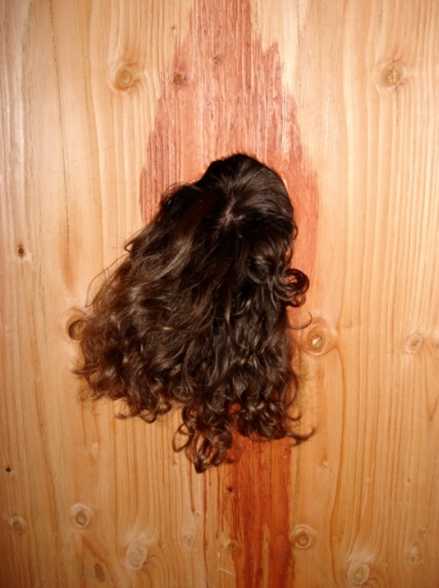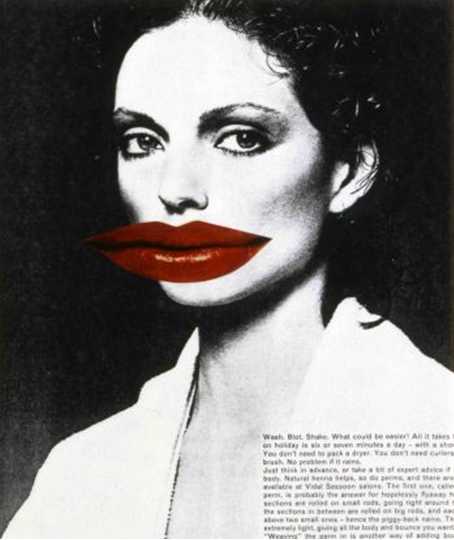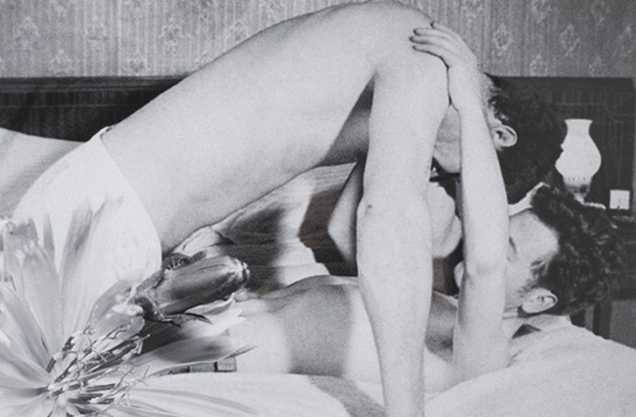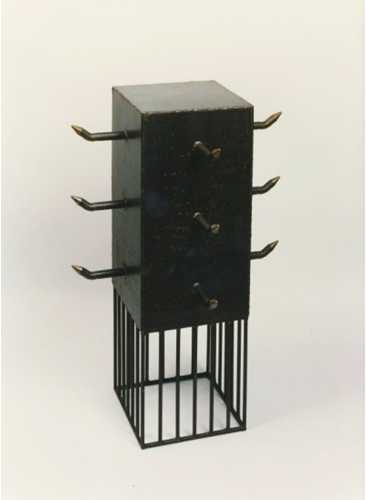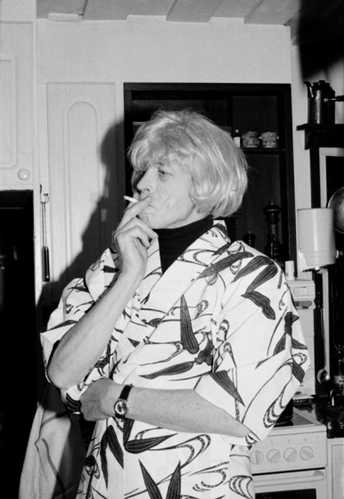The Freud Museum presents 'Les Paris sont Ouverts', a group exhibition which brings together seven international artists, some of whom are showing for the first time in the UK. All the artists in the exhibition explore issues of sexuality and desire, inclusion and exclusion, repression and trauma in a way that challenges everyday thinking and proposes alternative modes of thinking about the self and 'the other'. The exhibition is curated by artist Caroline May.
The title of the exhibition can be literally translated to the 'bets are open'. A loose translation suggests that 'everything is possible, anything can happen'. It is this idea of openness and possibility, in relation to gender and sexuality that this exhibition is addressing.
A tribute to the oeuvre of Claude Cahun, the title of the show comes from one of her essays, originally published in 1934. Throughout her life and practice, Claude Cahun (1894-1954), an artist, poet and activist has challenged established notions of sexuality and gender. Well ahead of her time, her androgynous self-portraits contest to a radical way of thinking about sexuality and gender as well as the understanding of photography as a documentation of reality. It is in this light that Linder’s work is included in the exhibition: an artist who has subverted social expectations of femininity and gender specificity for more than three decades through her active involvement in the punk movement and through her reactionary gestures and performances. Linder's playful collages have often appropriated pornographic imagery questioning the expansive commodification of the female body. Paul P. paints men as heightened objects of desire; his source of inspiration includes gay pornography, which through his eyes is a vehicle for gay desire. More confrontational, the portraits of women that Eve Fowler photographs have a startling directness. The photographs of the LA queer community, also her own community, are unapologetic portraits of a diverse and underrepresented group that reclaims public space for visibility.
Following her parents death, Maria Finn came across a series of photographs of her father in drag. These found images deconstruct the father figure and convey the child's awkwardness to accept its parent as a sexual being. Sharon Kivland has paid her teenage son to copy indexical references to mother-son relations as reported in the works of Sigmund Freud. He has written them in pen and ink on the pages of old French school exercise books, line after line, as though it were a punishment. Kivland's work in the exhibition underlines the imposing authority of the parent on the child. Both artists works explore the complexity of family relations and trauma.
Dimitris Dokatzis’s work offers a fragmented portrait of self. His sculpture and photographs reflect the fracturing of self with an air of mourning and loss. Jeff Ono’s fluid abstract sculpture, using low-tech materials and made specifically for the exhibition, reinstates the faith in the shape of things to come.
